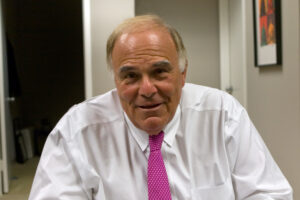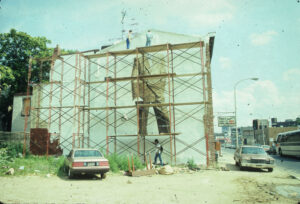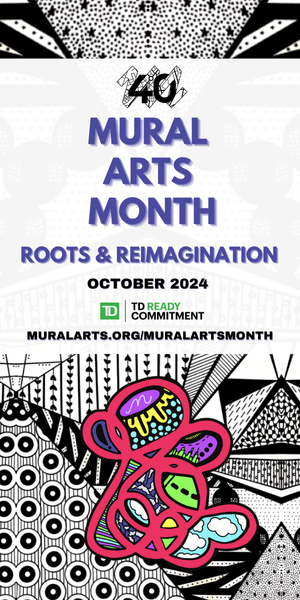Revitalizing Philadelphia: The Arts Mayor’s Vision of Transformation and Legacy


Reflecting on my tenure as mayor of Philadelphia, I’m reminded of a city at a crossroads, facing what many considered its darkest day in history when I took office in 1992. The city was financially beleaguered, and downtown Philadelphia was deserted after dark, a stark contrast to the vibrant urban center it once was. Against this backdrop, my administration set forth on a mission to rejuvenate Philadelphia, focusing on leveraging the arts as a catalyst for change.
One of the most ambitious projects I championed was the development of the Kimmel Center and envisioning the Avenue of the Arts. This initiative transformed a portion of South Broad Street into a bustling corridor of theaters, restaurants, and concert halls, breathing new life into Center City. The “Avenue of the Arts” symbolized Philadelphia’s cultural renaissance, a testament to the transformative power of the arts in urban revitalization.
My efforts to prioritize the arts earned me the moniker of the “Arts Mayor,” a title reflecting the pivotal role of arts and culture in my strategy to revitalize Center City. Despite my personal penchant for sports over ballets or galleries, I understood the intrinsic value of the arts in fostering community, stimulating economic development, and enhancing the city’s image on a national and international stage.
The decision to invest in the arts was deliberate, born out of the recognition that a vibrant arts scene could serve as a magnet for tourism, business, and civic pride. It was a strategy aimed not just at economic revival but at rekindling the spirit of a city that had lost its way.

In May 1996, my administration announced that the Philadelphia Anti-Graffiti Network would be reorganized into the Mural Arts Program under the city’s Department of Recreation. This strategic shift was marked by a landmark project that invited the esteemed artist Kent Twitchell, a long-time friend and mentor to Jane Golden, to Philadelphia. He created the iconic mural of the basketball legend Julius Erving. The Dr. J mural served as a pinnacle of creativity for the Mural Arts program and simultaneously marked a crucial political milestone, ensuring the stability and future growth of Mural Arts. This move was a significant leap forward, aligning Mural Arts’ mission with broader community and recreational goals and setting a new standard for public art in Philadelphia.
 As Mural Arts celebrates its 40th anniversary with the theme of Roots & Reimagination, I am filled with pride at how this program, having evolved from the Philadelphia Anti-Graffiti Network into what it is today, has flourished. It stands as a beacon of hope and creativity, embodying the principles of community engagement and transformation I championed. Mural Arts has not only beautified our city but has also played a crucial role in engaging communities, fostering dialogue, and transforming public spaces.
As Mural Arts celebrates its 40th anniversary with the theme of Roots & Reimagination, I am filled with pride at how this program, having evolved from the Philadelphia Anti-Graffiti Network into what it is today, has flourished. It stands as a beacon of hope and creativity, embodying the principles of community engagement and transformation I championed. Mural Arts has not only beautified our city but has also played a crucial role in engaging communities, fostering dialogue, and transforming public spaces.
Looking back, I am proud of the opportunity to have played a role in Philadelphia’s cultural and economic resurgence. Here’s to the continued success of Mural Arts and a city that continues to thrive through its commitment to arts and culture.
The Honorable Edward G. Rendell, Governor of Pennsylvania 2003-2011, Mayor of Philadelphia 1992-2000